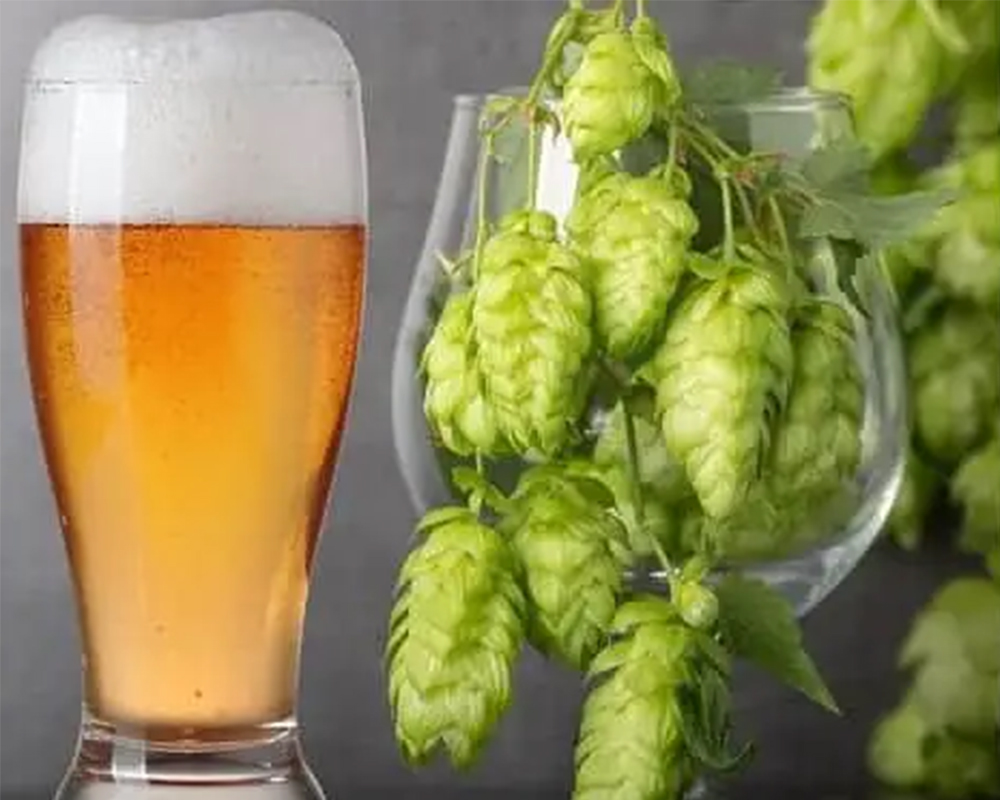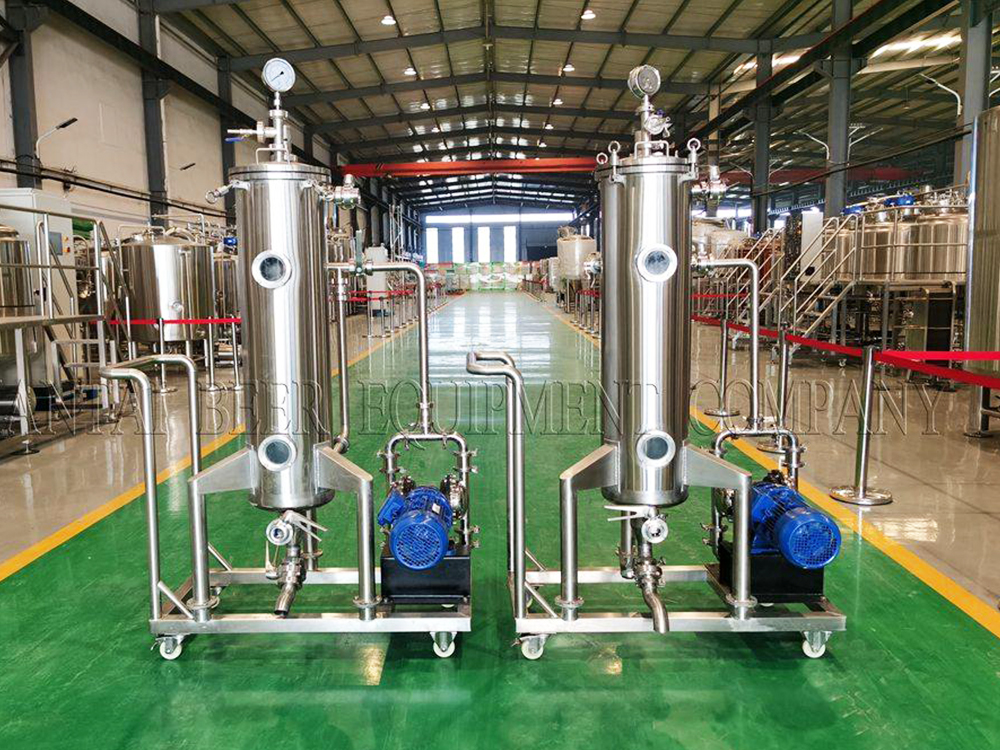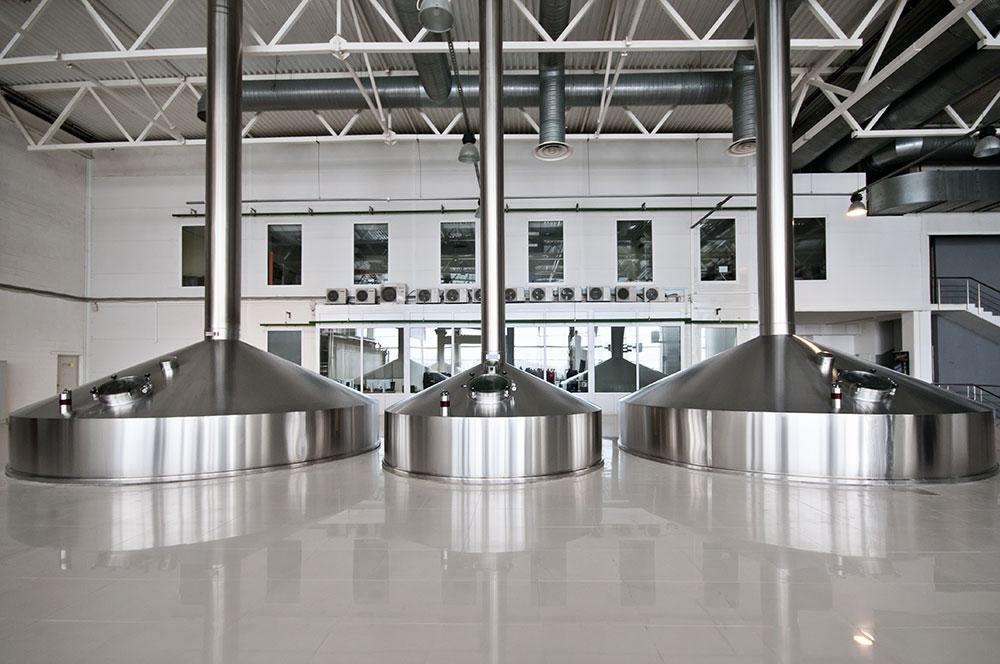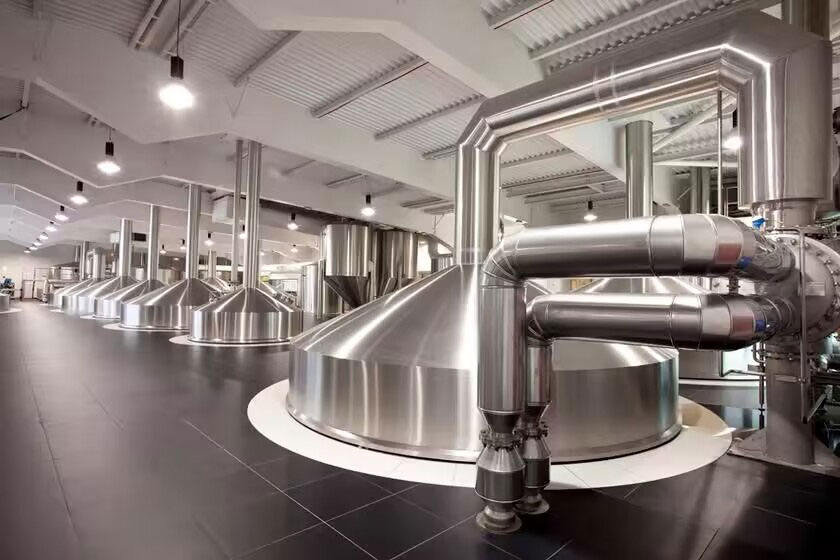Friends, today we will talk about the step of adding soul to beer – hop adding. Did you know? Different adding methods not only affect the bitterness and aroma of beer but also the safety and efficiency of brewing. Next, let’s take a look at three common hop adding methods: fully automatic, semi-automatic, and manual, and understand the equipment used in their operation, the steps of adding hops, and the usage scenarios.
Manual hop adding: the choice of small brewing
Imagine that a mature brewer stands next to a steaming boiling pot and carefully puts in a grain of fragrant hops from the manhole. This is manual addition, which is simple and direct, suitable for home brewing or small-scale breweries. Low cost and easy operation, just open the manhole, lift the barrel with hops, and spread the hops in little by little. Without installing additional equipment, many investors think they can save a lot here. However, the traditional way of adding hops also has some disadvantages. During the addition process, this method is time-consuming and laborious, especially when brewing in large batches, it takes a lot of effort to lift the hops to be added. In addition, the moment the lid is opened, oxygen may enter the boiling pot, affecting the preservation of beer. But these are minor problems. The biggest disadvantage is the safety of this operation. The first thing to face when opening the manhole is the steam that blows in the face. The temperature is very high and there is a great risk of burns. If the pressure in the tank is abnormal, opening the manhole may even cause overflow and cause personal injury. Therefore, manual hop addition is slightly insufficient in safety and efficiency. This method is not suitable for brewing in large breweries. Relatively speaking, manual hop addition is more common in scenarios where small beer equipment is installed, such as home brewing, beer houses, and wine shops.

Semi-automatic hop addition: a safe and easy smart move
Want to balance safety and ease? Semi-automatic hop addition device to help. Just install a can on the top of the boiling pot. This can look like an opaque hydrator on the saccharification pot, and there is a valve control at the connection. The brewer puts the hops into the hop adding tank, and just twists the valve lightly, and the hops fall into the boiling pot to complete the hop addition. This method of adding does not require direct contact with steam throughout the process, which not only ensures the safety of the brewer but also avoids interference from the outside air and the risk of overflowing the pot. This is an ideal choice for medium-sized beer houses or breweries that pursue quality. Brewers can focus more on adjusting the brewing recipe without worrying about physical exertion or brewing safety issues.
Fully automatic hop addition system: technology leads the new future of brewing
When it comes to large-scale, especially modern breweries with a high level of automation, the fully automatic hop addition system is the undisputed star equipment. With a high degree of automation, precise measurement, and one-button start, whether it is granular hops, extracts, or other hop products, the system can be distributed on demand to ensure the consistency and high quality of each brewing. This not only greatly improves production efficiency, but also reflects strict quality management. In large breweries, such a system has almost become standard.

In short, the above-mentioned ways of adding hops require brewers to consider different aspects such as beer brewing technology, safety in the brewing process, and brewing efficiency before choosing. Manual operation retains the original manual operation, semi-automatic improves safety and makes hop addition more convenient, while full-automatic is synonymous with efficiency. Whether you are a home brewing enthusiast or the helmsman of a brewery, there is always a way of adding hops that perfectly match your brewing needs. At Tiantai, there is also a set of craft beer equipment and factory construction plans that are unique to you. If you need to purchase beer equipment or build a factory, remember to contact us.



